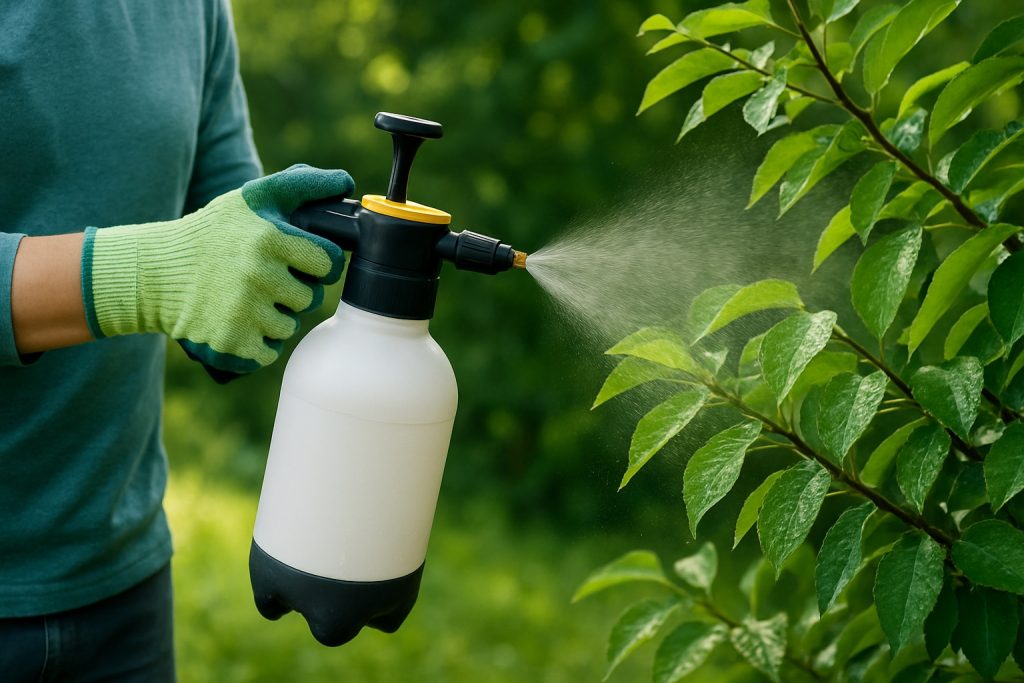Tree Disease Treatment in Smyrna, DE
Your trees aren’t just part of your property—they’re part of your legacy. In Smyrna, DE, where the climate invites both growth and decay in equal measure, trees thrive when given the right care—and decline swiftly when disease takes hold. If your landscape’s health feels like it’s shifting, even subtly, it’s not your imagination. Yellowing leaves, premature defoliation, peeling bark, or branch dieback all tell a story. But the ending doesn’t have to be removal. With expert tree disease treatment tailored to Smyrna’s unique environment, you can restore health, beauty, and strength to your trees—before the damage becomes irreversible.
Why Smyrna’s Environment Matters
Located in Kent and New Castle counties, Smyrna’s landscape is a blend of suburban development and natural Delaware woodlands. Its moderate temperatures, high humidity, and clay-heavy soils create an ideal environment for tree growth—but also for pathogens and pests to thrive. Disease pressure is especially high in summer and fall, when humidity levels peak and fungal spores are most active. Local trees—like dogwoods, red maples, and white oaks—face common threats such as powdery mildew, anthracnose, bacterial leaf scorch, and borers. In these conditions, trees need more than seasonal trimming. They need health-focused care backed by science.
The Subtle Signals of Tree Disease
Many homeowners miss the early signs of tree disease. The problem is, by the time symptoms become obvious—like shedding leaves in midsummer or splitting bark—the disease has often progressed significantly. Look closely for:
-
Wilting or curling leaves
-
Fungal growths on the trunk or roots
-
Unusual spotting or discoloration
-
Canopy thinning in one specific area
-
Deadwood accumulation
These indicators aren’t just cosmetic. They signal internal struggles—root suffocation, vascular blockage, insect infestations, or nutrient deficiencies—that need immediate attention.
A Diagnostic-First Approach to Treatment
Tree disease isn’t solved with guesswork. Every successful treatment begins with a deep, evidence-based diagnosis. Our ISA-certified arborists assess the species, location, soil health, prior stressors, and progression of symptoms. We collect data from multiple parts of the tree and its environment—often testing soil composition and moisture retention. We examine insect activity, structural stability, and even underground root conditions.
The goal? To uncover the real cause of decline. Not every yellow leaf requires chemicals. Sometimes the issue is compacted soil or poor drainage. Other times, the solution is an anti-fungal root drench or corrective pruning. Smyrna’s layered climate demands careful differentiation, not one-size-fits-all prescriptions.
Treatment That Respects Nature and Science
Once we’ve diagnosed the condition, we craft a treatment plan that addresses the core problem—not just the symptoms. That might include:
-
Precision pruning to remove infected limbs
-
Root invigoration or vertical mulching to combat compaction
-
Soil amendments to rebalance pH and boost microbial activity
-
Deep root fertilization to restore systemic health
-
Targeted, low-impact fungicides or insecticides when needed
We use environmentally responsible methods that enhance long-term vitality while minimizing harm to beneficial organisms and surrounding landscape elements. Our approach doesn’t just aim to eliminate disease—it builds a foundation for future resistance.
Preventive Care to Reduce Future Risk
In Smyrna, where changing weather patterns make tree stress more common, prevention is key. That’s why our disease treatment plans often include long-term strategies. These may involve mulching guidance, irrigation adjustments, seasonal health evaluations, or proactive pest monitoring. We’ll also advise you on plant spacing, species selection, and maintenance practices that can reduce the risk of reinfection or secondary issues.
Strong trees aren’t just treated when they’re sick—they’re supported before trouble starts.
Your Trees Deserve a Second Chance
No one wants to watch a once-thriving tree decline. And in most cases, you don’t have to. Whether you’re seeing subtle leaf changes or more dramatic signs of stress, the right intervention can change the trajectory. Trees are resilient—but only when given the chance to recover through expert care.
Let your landscape reflect the health and beauty it’s capable of. Reach out today to begin a personalized consultation. Our team is here to answer questions, schedule assessments, and provide proven solutions that honor both the tree and the environment. Call now or use the web form to secure your preferred booking date—your trees are worth the care, and the timing makes all the difference.


